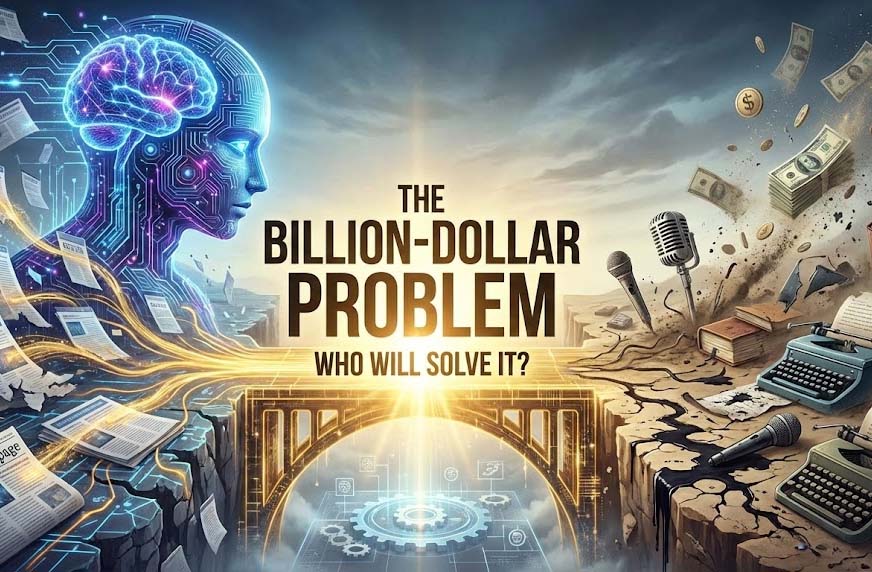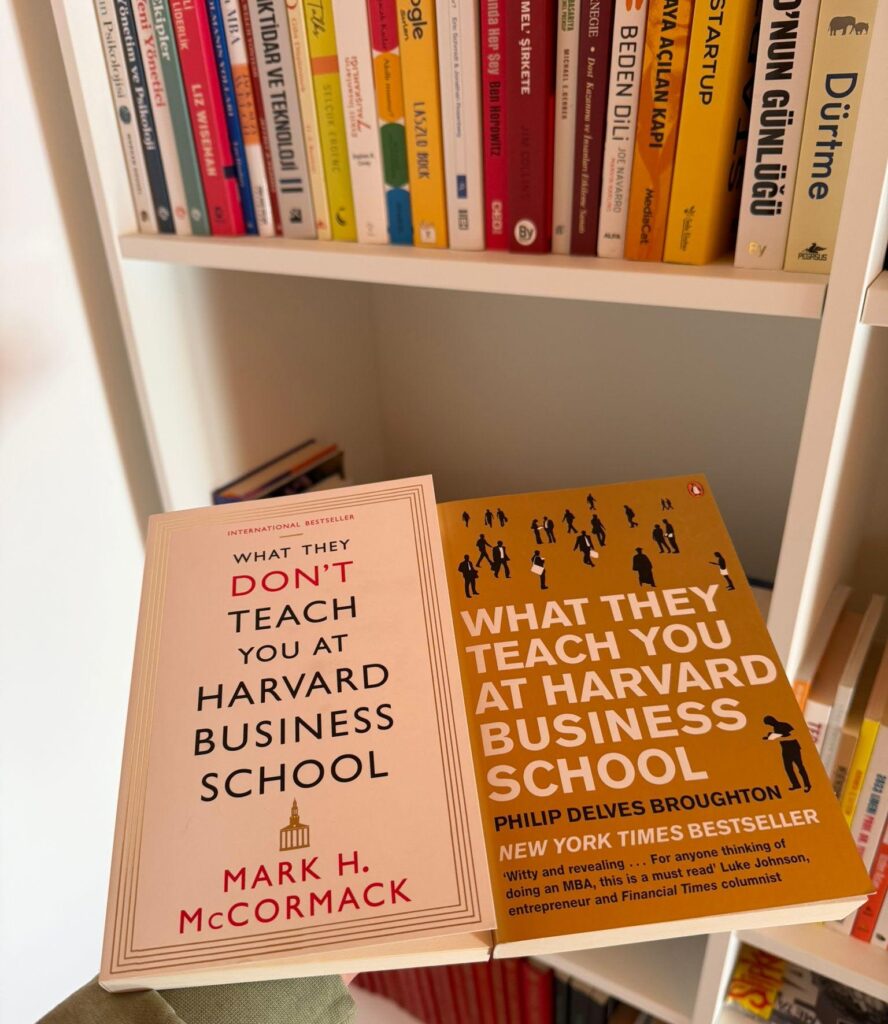I believe this might be the most important post I’ve ever written on this blog—because it’s about The E-Myth Revisited. Let’s get into it.
Since founding my first company in 2015, I’ve worked with many different people. I mostly took on editorial and software projects as a freelancer, often leading the charge. I assembled the teams myself, made the calls myself. After a string of wildly successful websites in the niche of rock music news, I completely stepped away from software and leaned fully into editorial work.
When hiring on the editorial side, I usually looked for people who had the capacity to learn—because from my perspective, if I wanted to scale the operation, I had to delegate the things I was doing myself. And that’s when the trap kicks in: you feel like you have to teach everything.
I spent months—no, years—chasing that goal. I was always training new people. I trained editors, built editors-in-chief from scratch. But something always felt off. Things never quite worked the way I envisioned. That’s when I started reading books—especially on leadership and business. I thought I could solve the friction by being a better leader, by adopting a more instructive tone.
But I was wrong again. Things broke down—again. And the people I trained began to crumble under the weight of their roles. That’s when I realized: no one is like me. I can’t replicate myself. I can’t clone the full package. Because every person is different.
The way I operate—the thing that makes me me—is instinct. I move by intuition. And that’s not something you can really explain. What comes naturally to me is hard for others, because I’ve been doing it forever. I assumed it was easy for everyone. That was another mistake.
I spent months reflecting. And then I discovered The E-Myth Revisited. And everything changed. It felt like I had just found the formula for an atomic bomb. I had the blueprint—and all I had to do was build it. So what had I been doing wrong? And how was I going to do it differently this time?
First, I had to accept one truth: the work we do is not simple. Not everyone perceives things like I do. So how do you ensure the same standard every time, across every person? That’s where the E-Myth hit me hard: break it down. Break everything down into micro-parts. Document them. Turn those documents into procedural chains. Then create accountability layers for every title. In other words: build a written, fully defined organizational system. Build. A. System.
The hardest part was figuring out where I fit into the system. That’s where the E-Myth delivered again: position yourself not inside the business, but above it. So that’s what I did.
Now, thanks to this book, I see everything through the lens of systems. Even if I were to open a grocery store, I’d approach it this way—and I did. I mapped out an organization chart, documented every single role, and linked those documents with detailed procedures and checklists. I then built a communication flow where feedback moves top-down and reporting flows bottom-up. All of this came together in about two months.
But it didn’t stop there. I realized I could hand this entire structure over to AI. I trained AI agents using the documentation and workflows I had built, and gradually transferred operations to them. The result? We achieved an 80% reduction in manual human effort—without compromising performance.
This book showed me what “business” really means: to build a machine that runs without you. That’s what a business actually is. And now, when I walk past a local restaurant or market, I see why they’re stuck. Why they can’t scale.
To me, this book explains the single most important concept a founder must understand. It’s so good, we might as well call it the holy book of entrepreneurship. Those who read it, get it, and apply it—win. Those who don’t—lose by default.




